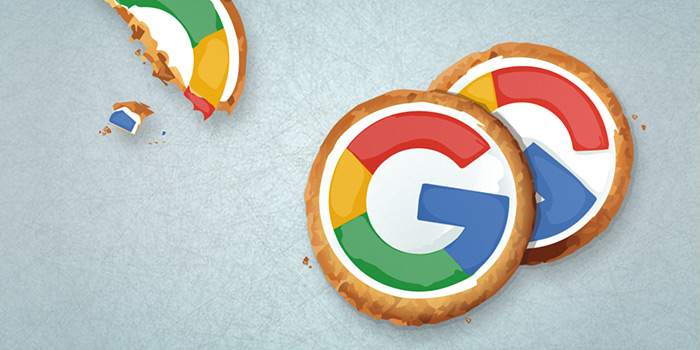The Beginning of the End is Here: Google has Begun the Cookie Shutdown
01/04/2024

Despite past delays, Google is now deadly serious about its plans to kill off the 3rd party cookie in Chrome. In fact, today (and promptly on schedule) it turned off cookies for 30 million users worldwide. What does this mean for marketers and how will it impact marketing measurement? Read on to find out!
What Chrome Cookie Depreciation Means for Marketers
The Google cookie shutdown will significantly impact marketers, causing many common marketing methods in today’s world to simply cease to exist. And if you feel like the industry has been talking about this forever, you’re correct. Today’s move has been talked about for years, with Google itself pushing back the timeline several times. But this time is different, because Google committed to this date and stuck to that commitment. This means that 2024 is actually the year where Google will finally shut down the cookie.
As previously mentioned, the impacts will be significant – especially for ad targeting, personalization, retargeting and other programmatic functions. Much of the digital advertising ecosystem has built up entire infrastructure, processes and capabilities that we all take for granted, and these are being ripped out. Marketers who have come to rely on certain abilities will need to adapt, adjust and also walk away from entire marketing methods they use on a daily basis.
How a Cookie-less Future will Impact Marketing Measurement
Measurement is being impacted by Google’s changes significantly too, and this gets lost in the overall Cookie death story. Here’s how measurement will change:
1. Last touch (or any touch) methods are dead.
This has already started to happen as major ad platforms have shortened their cookie windows or have had to change the way they report conversions. Given that Chrome accounts for roughly half of the US market, if you or your team are using click-based measures (which rely on cookies when visitors come to your site), these metrics are going to be garbage.
2. Identity-based measurement approaches will be severely hampered.
As part of Google’s Privacy Sandbox (of which this is only one change among many, many privacy changes), they’ve stated clearly they will no longer allow individual consumer tracking in Chrome (or Android either). This means that if you are using a 3rd party ID matching or resolution solution, things are going to get very dicey. Unless of course you want to give Google your entire customer file, which many brands rightly avoid like the plague.
3. This move requires more reliance on Google to measure Google (unless you use an independent 3rd party approach).
Google will have a new measurement capability to help brands track conversions but it won’t be on an individual consumer basis. And for smaller brands, this will mean that they are more depending and reliant on Google than ever to measure performance. But this begs a serious question: why would you rely on the ad platform to tell you how ads are performing on that platform? More sophisticated brands have chosen an independent, objective measurement solution (like OptiMine’s) to measure all of their marketing investments across all of their conversion channels, precisely to get an unbiased, accurate answer. This is a best practice that brands need to adopt in 2024 as their measurement answers disappear.
How Marketers Should Adapt to a Web Without Cookies
So, where do we go from here? Adapting to a web without cookies necessitates a shift towards more transparent, permission-based strategies. One route marketers could take is to prioritize building direct relationships with their audience through first-party data collection, encouraging users to willingly share information in exchange for personalized experiences. Embracing contextual targeting and content relevancy also becomes pivotal – relying on the context of the user’s current online environment rather than relying solely on browsing history. Collaboration with industry partners to establish privacy-compliant data sharing frameworks and exploring emerging technologies such as machine learning for predictive modeling can help marketers navigate the transition too. The emphasis should be on delivering value to users, fostering trust, and respecting privacy, as brands that successfully navigate these changes will be better positioned to thrive in a cookie-less digital ecosystem.
We’ll keep you informed on this topic as Google continues its march towards the total cookie shutdown in 2024. But this move should make things very clear to all marketers: The Beginning of the End is Here.

Want to learn more about this topic? Read on…

